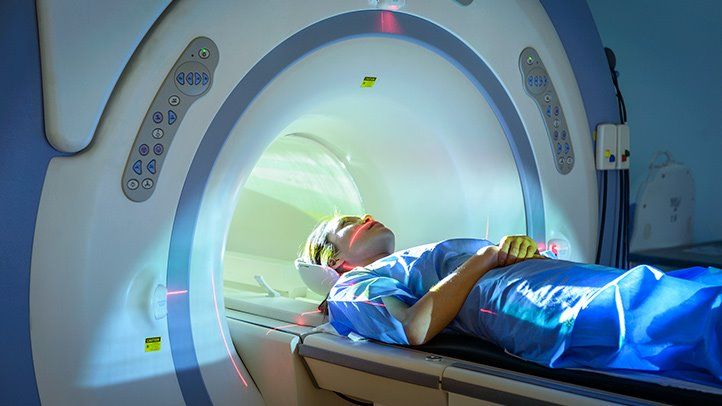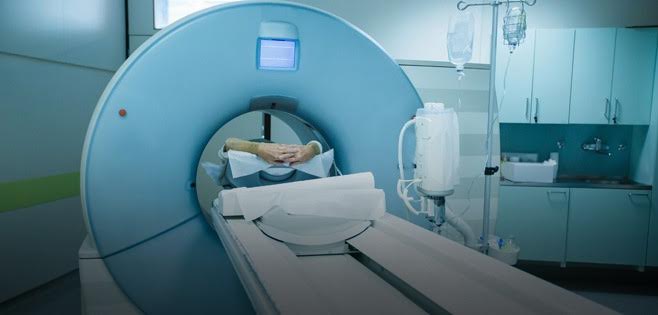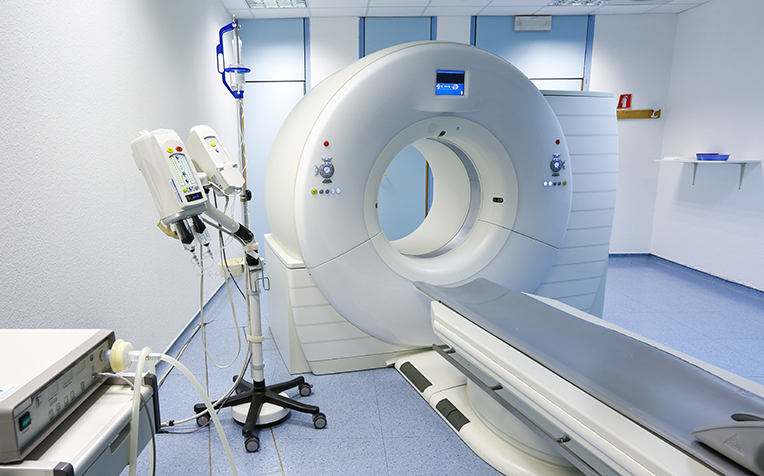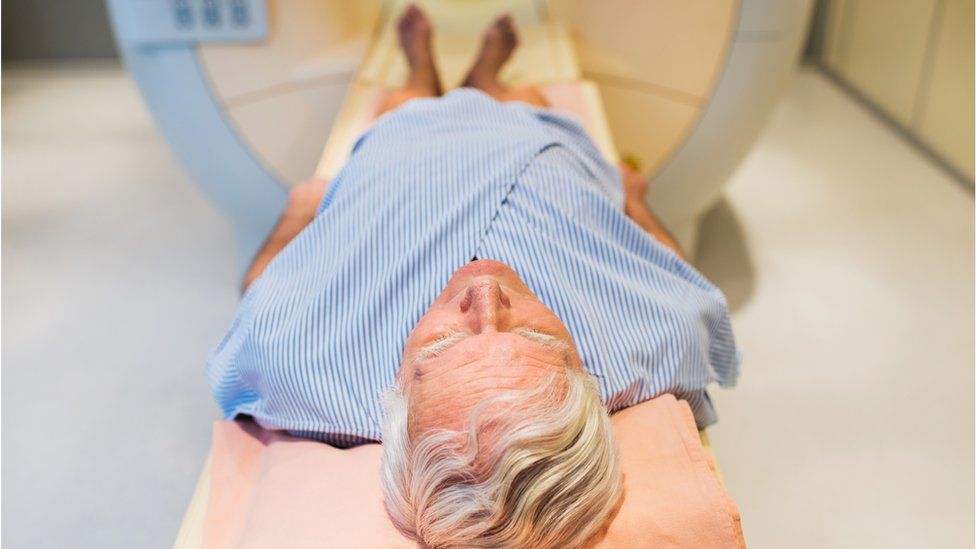- Home
- Our Services
CANCERS WE TREAT
TREATMENT OPTIONS
- About Us
About North Houston
Cancer ClinicsNorth Houston Cancer Clinics is a leading cancer center specializing in treating various types of cancers and blood disorders.Meet our specialized cancer care team
Choosing excellence, transforming cancer care together
Quality Oncology Practice Initiative (QOPI) Certification Program
Discover Our Healing Spaces: Virtual Office TourFirst day visit at North Houston Cancer Clinics
Real Stories, Inspiring Journeys, Patient Testimonies
- New patient
Becoming a patient at North Houston Clinics
Embark on your journey to health with us. Seamless, compassionate care awaits as you become a patient at North Houston Clinics.
Effortless Registration, Portal to Wellness JourneyYour Health, Your Time, Your AppointmentFrequently Asked Questions For New Patients - Blogs
- Contact Us
- Home
- Our Services
CANCERS WE TREAT
TREATMENT OPTIONS
- About Us
About North Houston
Cancer ClinicsNorth Houston Cancer Clinics is a leading cancer center specializing in treating various types of cancers and blood disorders.Meet our specialized cancer care team
Choosing excellence, transforming cancer care together
Quality Oncology Practice Initiative (QOPI) Certification Program
Discover Our Healing Spaces: Virtual Office TourFirst day visit at North Houston Cancer Clinics
Real Stories, Inspiring Journeys, Patient Testimonies
- New patient
Becoming a patient at North Houston Clinics
Embark on your journey to health with us. Seamless, compassionate care awaits as you become a patient at North Houston Clinics.
Effortless Registration, Portal to Wellness JourneyYour Health, Your Time, Your AppointmentFrequently Asked Questions For New Patients - Blogs
- Contact Us
Physical Examination
North Houston Cancer Clinics' understanding of what entails a physical examination for cancer will go far away from allaying anxiety attached to diagnostic processes. Our team is committed to providing you with a comprehensive, caring, and dignified experience during your examination.
Physical Examination In Diagnosis of Cancer

Initial Assessment
Examination Techniques
Our medical professionals utilize different methods in their examination, such as palpation, which is feeling for lumps or abnormalities in the tissues; inspection, which is looking at a part for signs of disease; and auscultation, where they listen for sounds made by organs that may indicate irregularities.
This integration ensures complete patient health evaluation, improving cancer detection accuracy.
Importance and Advantages of Physical Examination in Cancer Diagnosis

- Early Detection: Detecting cancer in early stages can immensely increase the chances of successful treatment. Physical examinations can detect tumors early, even before they manifest symptoms.
- Personalized Care: These checkups enable our health providers to individualize diagnoses considering individual needs, medical background, and risk factors.
- Minimizing Unnecessary Tests:By identifying evidence pointing toward cancer soon via physical examinations, we frequently reduce invasive and costly diagnostic tests.
- Minimizing Unnecessary Tests:By identifying evidence pointing toward cancer soon via physical examinations, we frequently reduce invasive and costly diagnostic tests.
- They also enable us to screen for cancers lacking standard screening tests non-invasively. Besides this, they offer support or a basis on which holistic therapy against cancer at preventing incidents rather than curing them.

What Goes On During A Cancer Physical Examination?
- Patient History Review:The examination begins with a full review of the patient's medical history, including any family history of cancer, lifestyle choices, and previous treatments, to provide context.
- Symptom Inquiry: Our team of specialists conducts elaborate interviews to learn what ails their clients. Understanding these symptoms is essential to directing the exam accordingly and comprehensively.
- Visual Inspection and Palpation:The mainstay of physical examination involves closely examining the body's surface, followed by feeling it all over for any lumps or bumps that should not be there. This critical step can detect potential cancers.
- Specialized Checks:Depending on the patient's history and symptoms, the examination may include specialized checks in areas often affected by cancer, like breasts, prostate, skin, and lymph nodes, among others. By conducting such careful assessments, we ensure that cancers are not undetected, allowing timely intervention.
How Physical Examinations Help in Advanced Diagnostic Technologies in Cancer Care Basic Facts
- Assessment of the Patient:
- Treatment Guidance
- What you can expect on your visit

